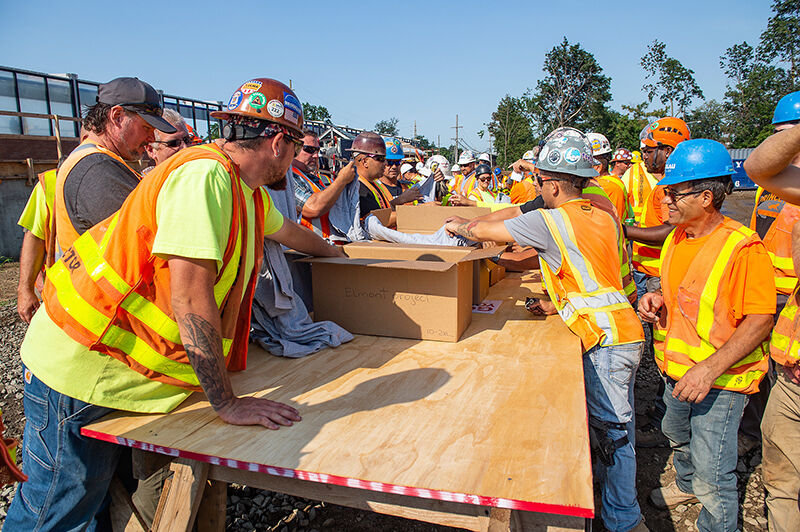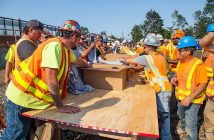The infrastructure sector makes up 4.7% of New Zealand’s total workforce, a new Te Waihanga report finds, but what exactly does this look like?

Who’s working in infrastructure? A baseline report provides the first comprehensive baseline analysis of New Zealand’s infrastructure workforce.
“You can’t plan for the future if you don’t have a sense of the size and make-up of your current workforce,” says Te Waihanga Director of Economics Peter Nunns.
“We wanted to know how many people work in the infrastructure sector and what sort of work they’re doing. We also wanted to understand who’s working in infrastructure, so we looked at factors like age, ethnicity, gender, training, and migration.
“We found that the infrastructure workforce is large and complex, with over 100,000 full-time equivalent workers spread across more than 100 distinct occupations. That’s around 4.7% of the total New Zealand workforce,” Nunns says.
“We often think about infrastructure work as mainly about new builds, but this actually accounts for less than half of the workforce. We estimate that around 14% of infrastructure workers are engaged in planning and design, 46% are constructing new assets, and a further 40% of infrastructure workers are engaged in asset management and maintenance. These roles are essential – you can’t build something without planning and designing it first, and once it’s built you have to maintain it.”
The findings also shed light on who is working in infrastructure and the pathways that they follow into the workforce.
Ethnic diversity within the infrastructure workforce is similar to the overall New Zealand population, but the ethnic mix is uneven across occupational categories. For instance, labourer occupations have a higher-than-average share of Māori and Pacific workers, while professional occupations have a higher-than-average share of European and Asian workers.
Women account for only 11% of the total infrastructure workforce compared to around 47% of the overall New Zealand workforce. Moreover, younger age cohorts have a similar share of women as older age cohorts, suggesting that gender balance won’t change as older workers retire.
“This data will help us identify where we will face capacity pressures and how we can respond to them by sequencing work better and training and recruiting new workers. It also highlights increasing gender and ethnic diversity as a key opportunity for lifting our capacity to build infrastructure,” says Nunns.








